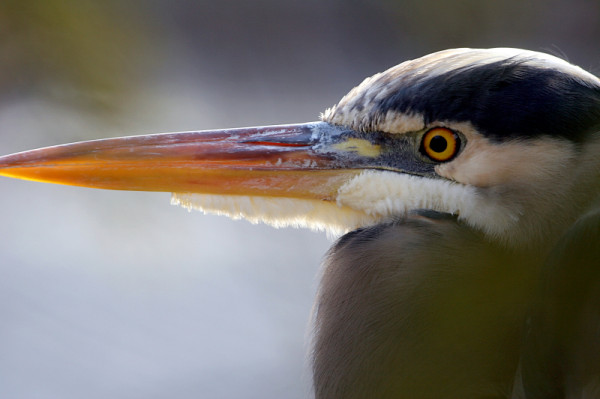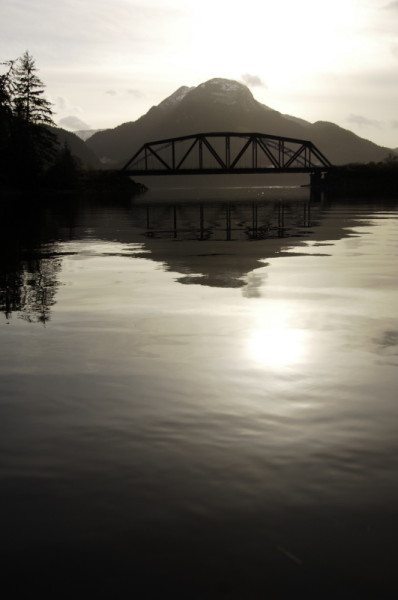Flowing forward with the Water Sustainability Act
A key commitment from British Columbia’s Water Plan in 2008 was that ‘legislation will recognize water flow requirements for ecosystems and species’; in other words, the environmental flows of British Columbia’s waters will be protected. Over the past five years progress has been made and WWF-Canada has regularly contributed along the way. Now, as the development of a new Water Sustainability Act (WSA) enters its final phases, British Columbia has the opportunity to meet this commitment and become a national leader in the assessment and implementation of environmental flows. More importantly, this is an opportunity to increase the protection of British Columbia’s waters and aquatic ecosystems, and secure the social, economic, and environmental benefits they provide into the future.
WWF-Canada will soon be submitting and posting its detailed analysis and recommendations on the Government of British Columbia’s policy proposals for the Water Sustainability Act (WSA) including those to protect environmental flows and regulate groundwater. Specific to the proposals on environmental flows (referred to as Environmental Flow Needs and Critical Environmental Flows in the Legislative Proposal), WWF-Canada applauds the intent of the Government of British Columbia. In particular, WWF-Canada supports the proposals that most new ground and surface water allocation decisions will be required to consider environmental flows, and that the WSA will enable the regulation of all water licences and short-term approvals to protect the environment during times of drought and scarcity. These are both key components of ensuring the water requirements of aquatic ecosystems are protected. Based on experience elsewhere, the low-flow period is often a primary challenge in the implementation of environmental flows. Therefore, clear direction and authority under the WSA is an important and positive development.
Ultimately, to protect water resources and aquatic ecosystems into the future, the implementation of environmental flows must eventually apply to all waters, licences, and flow conditions. WWF-Canada will be recommending additional policies for the WSA to ensure all components of environmental flow protection are included and able to be applied over time.
Like the role of water laws and policies elsewhere, the WSA will be one element of the broader approach to environmental flows implementation in British Columbia. However, it will be one of the most influential elements moving forward. A common thread from experiences in other jurisdictions is that laws and policies may either constrain or enable the implementation of environmental flows. While legislative and policy reform processes do occur over time, they are rare and therefore it is vital that the opportunity be seized in the development of the Water Sustainability Act to enable the eventual implementation of environmental flows in all of British Columbia’s waters.



